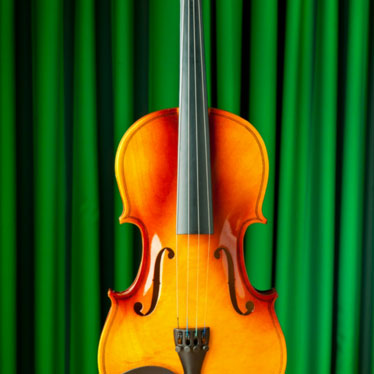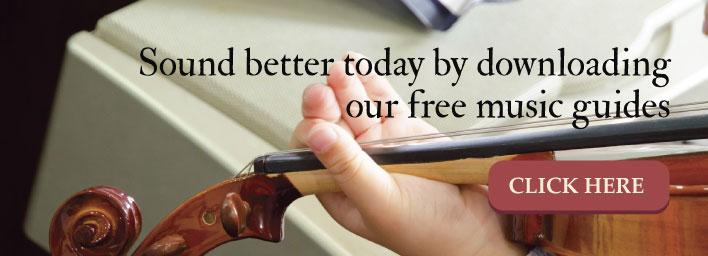What Songs Should I Choose for My Violin Audition?

Auditioning for a spot in an orchestra, youth symphony, or a coveted place in an ensemble group is an essential aspect of a musician’s life. And since over the course of your amateur or professional career, if you plan to pursue that route, you’ll be asked to perform any number of auditions, knowing exactly how to perform to advantage will give you both added confidence and a slight edge over your competitors.
The selection of songs that you play at an audition makes a very real impression on the committee, either for good or bad. So, it’s important to choose wisely. Although your skill level will ultimately determine whether or not you earn your place, these audition tips can help you pick music that will not only display your talent, but also help incline committee members to respond favorably to your audition.
Cover Your Basics
Most auditions are conducted with clear parameters, and with an orchestral audition, these will probably be fairly specific. You’ve likely been given an outline that includes a list of selections and requirements as well as the option to include a piece of your choice. However, if you are going in to the audition “blind,” there are some basic skills that you’ll need to have sharp and ready. Ensure that you can:
- Sight read well—this may not be part of the audition, but if it is, make sure that you have plenty of practice being able to play on sight. It might even be a good idea to slightly reduce to tempo to ensure accurate execution.
- Scales—you should know a variety of scales, but if you really want to stand out from among your peers, practice playing a few that include a number of sharps and flats. Every violinist can play an A major, three octave scale, choose something that shows better agility and precision.
- Pre-arranged compositions—if the audition committee has provided a list of compositions or orchestral excerpts that you may be asked to perform, don’t neglect it. Listen to them online, practice them, and practice starting in various places within the pieces. Often judges will ask you to start at a certain measure, be sure that you can do it strongly.
- Application—another area not to gloss over is any applications, forms, or other paperwork that the audition committee has requested. Paying close attention to the details and delivering exactly what the committee has asked for will show your ability to follow directions—and these first impressions count for a lot. Don’t go beyond what’s requested.
Choosing Your Song(s)
The personal selection of songs that you are allowed to play helps audition judges understand more about you, and this is the area where you really get to display your taste, style and range. However, the first rule of any performance is to play to your audience. In this case, the selection committee is who you are trying to impress, so the more information you have about them and the group, the better. Consider:
- Are you vying for a first chair in an orchestra? Choose from among the many concerto first movements that will show your ability to play in the higher ranges. However, steer clear of perpetual motion-type etudes; save those for practicing on your own.
- What type of music is the group known for? Choose your songs based on the music genre you’ll be primarily playing with that group.
- Go with your strengths and reach a bit. Audition committees often favor those performers who challenge themselves (like with the scale you choose), but be careful, you want to play a song that you know you can do well. Try to strike a medium here. Pick songs that you can nail and sound great on your instrument, but that also require a little additional practice.
By using these recommendations, you’ll be able to choose songs for your violin audition that display your ability and make a good impression on the judges. Just don’t forget to do your other preparations before the big day.

